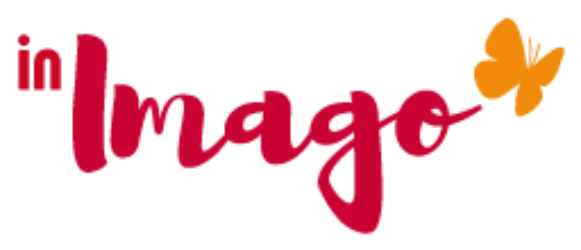As a symptomatic response to each employee, chaotic management is a form of management that brings freedom while providing a framework that protects employees.
This framework makes it possible to set specific objectives to be reached by each person, while providing avenues to explore in order to achieve them.
Understanding the notion of Imago
The imago represents the prototype of characters who will unconsciously influence the relationship of an individual to others; it would be based on his first interpersonal relationships. The individual thus shaped becomes a representation of himself.
By understanding little by little what is his part, his essence and the contribution of his models and beliefs, the individual can decide to Be and choose his posture in a conscious way. Little by little, the individual gets rid of his beliefs and fears that have become unnecessary to take charge and take his flight. Free.
Towards a liberated company
In a liberated company, everyone is responsible for themselves and cooperates spontaneously.
Tom Peters, in his book the liberated enterprise, challenges us in the way of organizing the relationship at work. It is not the company itself that is liberated, but the organization stripped of its obsolete processes that invites management to reconsider its role.
Individuals are led to take responsibility and coordinate. In a liberated company, everyone is responsible for themselves and cooperates spontaneously.
For this to work, the shadow and light on our individual perceptions and thought patterns must have been made. It takes time, knowing that our group reflexes are well established.
Chaotic management offers a path towards this group autonomy, towards a company where everyone relies on social pressure (his group image) to move forward. Social pressure replaces the classic corporate hierarchy.
It is in this chaos that the chaotic manager is born, the one who takes the lead at a time to organize a delivery, pool knowledge, give meaning … And this lead can, in another context, submit to another whose skills will be better adapted or understood by the group … Paving the way for the learning company.
Chaotic management: the framework
Secure the frame !
After having identified both personal and collective intentions, through pooling, the group strategy gradually emerges.
The group is now looking at the impact of its intentions, its ideas to build a proposal, an offer open to other players in the company.
The team segments its offer according to the actors it wishes to reach through the implementation of a collective project, thus preparing a cycle of realization.
Certain problems or conflicts will emerge, thus inviting the group to reflect on its reflexivity, its detailed understanding of the issues and the process of realization.
Chaotic management aims to align the actors of a value chain, both internal and external, around a common ambition, and to forge its “Corporate Culture”.
This approach is integrated into the Trans’Formations course “Building a new world”,
Autonomy, support it
VUCA definition
Practice – Scenario
Thank you to Loic Leofold for this original scenario.
Entrepreneurs, leaders, imagine that you are currently playing a game of chess. This game of chess takes place on a rotating basis. Each member of strategic management, each employee, in turn, moves a pawn. Some know the rules of the game, others don’t!
The entrepreneur, the leader insures his blows according to this random and chaotic game led by his adversaries, namely here the rest of the company.
The chess game is the comparison to this VUCA world where predictability is low except for algorithms which have the ability, more than the human brain, to compare millions of data.
The entrepreneur, the leader does not control his strategy. The dice are loaded because the classic rules are not respected. The decision maker must therefore manage each of his moves in the present tense, depending on the context and put his confidence in the hands of a team that will learn by experimenting.
Therefore he finds himself in a chaotic management situation. Try !
Discovery
Chronicle of Isaac Getz : management liberated should we read Tom Peters?
Our coach’s perspective on resilient companies :

